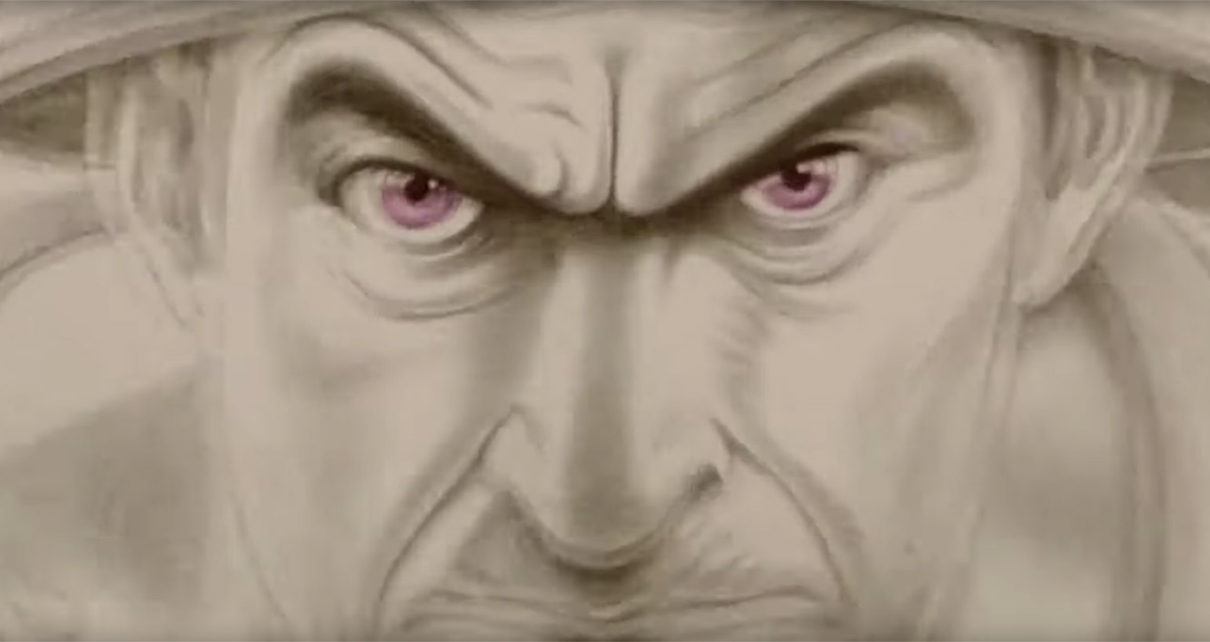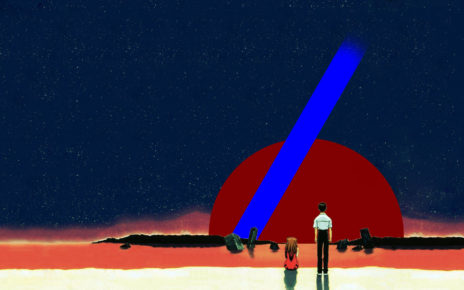Powerhouse animator Richard Williams has died at 86, leaving behind a legacy of exaggerated character gestures and notorious perfectionism. Williams’s best known work today is probably his animation direction on Who Framed Roger Rabbit in 1988, but he was also the hand behind the title sequence in live-action classics like the 1967 Casino Royale and the Pink Panther films. For much of his life, he quixotically tried to self-finance and finish the ultimately unfinished masterpiece The Thief and the Cobbler, a project that has since been taken up in fan re-edits and restorations.
His last completed short film, “Prologue,” was nominated for a 2015 Academy Award, and stands as a late-career highlight showcasing his talent and refined skills as a draftsman. It was intended as a sampling of a longer feature film based on the Greek play Lysistrata by Aristophenes, and it’s full of sprightly pencilwork and a focus that zeroes in on each of its characters’ expressive facial tensions while building to a violent climax.
Williams worked his ass off well into his 80s, and his New York Times obit recalls a man who put in seven-hour days and entered his office through the fire escape “just to avoid people.” In 2002, he published The Animator’s Survival Kit, a comprehensive bible of cartooning tips, tricks, and theories gleaned from a lifetime’s worth of experience.
Of everything I’ve read in the wake of his death, I’ve enjoyed two anecdotes the most, bolded below for emphasis. The first is this one from the Times‘s Anita Gates:
Mr. Williams’s career advice was sometimes less than idealistic. “Persist,” he once told a screening audience. “Keep going. Don’t get stopped. Because they’re going to stop you if they can.”
And the second is this tribute published by Garrett Gilchrist, the fan responsible for The Recobbled Cut restoration of Williams’s The Thief and the Cobbler, a beautifully animated film plagued by years of production woes. Gilchrist wrote:
From the outside, Dick seemed out of control, but he was always completely in control, on his own terms. People joke about him not storyboarding the film until 1990, or about constantly changing the script, or constantly changing the character designs. But as we examined his documents over many years, we realized the easy punchlines weren’t true. He had a plan, he just wasn’t telling everyone about it.
He had storyboarded an earlier version of the film in its entirety and apparently felt no need to update everything until he ran out of usable boards. The script was in place with scene numbers ten years before production officially began. And the character designs evolved as he became a better animator. They had to, since times had changed too.
I’ve heard a rumor, though I can’t confirm it, that Richard Williams watched my Recobbled Cut sometime in 2013 and had mixed feelings—presumably including pain and rage—about seeing a version of his demolished masterpiece that wasn’t his.
And it wasn’t, you know. I didn’t make it for him. I made it for everyone else in the world. Richard Williams had the best version of The Thief and the Cobbler in his head, and he’s the only one who ever got to see it.
I can confirm that around that time he started talking about the film, for the first time in 20+ years, and screening his unfinished workprint as “A Moment In Time.” When asked about my work in London, he said simply “Don’t fuck with my hustle.” A unique man.
Thanks for reading The Dot and Line, where we talk about animation of all kinds. Don’t forget to follow us on Twitter and sign up for our newsletter.




